Meta’s AR glasses strategy continues to be revised, with the company now planning to ship only a thousand pairs of its initial AR glasses, which it’s looking to get out to early testers sometime next year.
According to a new report from The Information, Meta will take a similar approach to Snap Inc., in building an initial small test batch of its AR device, which it will provide to selected partners and creators for experiments.
Given that Snap lost millions on the production of its first iteration of its Spectacles, that approach makes a lot of sense, while it’ll also give Meta some early samples of the user experience to showcase to potential buyers, before a full commercial release of the glasses in 2027.
Meta’s AR glasses have already suffered various delays due to hardware complications and broader cost-cutting, as Meta works to negotiate the downturn in ad spend.
It was recently revealed that the company’s acquisition of microLED maker Plessey, which it hoped would give it a leg up on the competition, has failed to deliver as expected, due to complications in integrating Plessey’s hardware into the device, while Meta’s initial foray into wearables, in Ray Ban Stories, has also failed to catch on with consumers, with only a fraction of the 300k or so pairs sold still seeing regular use.
But Meta’s still pushing forward with AR, which it sees as a part of its larger metaverse vision. The company has tried to incorporate various technological advances under a single banner, with AR glasses tied into the metaverse push, as a means to better integrate users into this digital realm.
But as with every AR project, it’s proving increasingly complex.
Meta’s also facing challenges with the materials that it wants to use for the device, some of which violate export regulations, while it’s also still establishing a full production process for the glasses.
All of this will be part of this early test run, which will see a small number of Meta AR glasses appearing sometime next year, which it’ll be hoping to use as a driver for the next stage of the development.
In other words, if you were really keen on getting yourself some Meta AR glasses, I wouldn’t be getting too excited just yet, as it still has a way to go in establishing the viability of the project, and how it will get these to consumers.
But it does already have an early model for internal testing, and it is likely that it will indeed soon be able to produce a working consumer model, albeit in slightly different form to what it was hoping.
Maybe they won’t end up looking as cool as Ray Ban Stories, but if they function as advertised, and they don’t require a tether (like Apple’s coming VisionPro), there’ll still be big interest in the product.























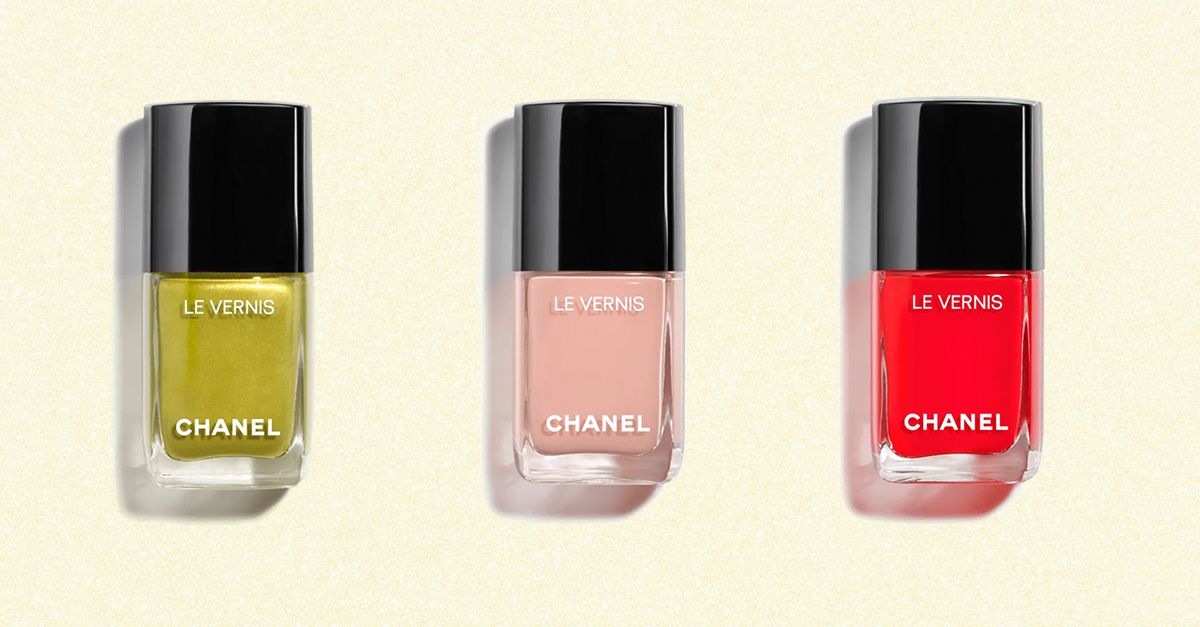



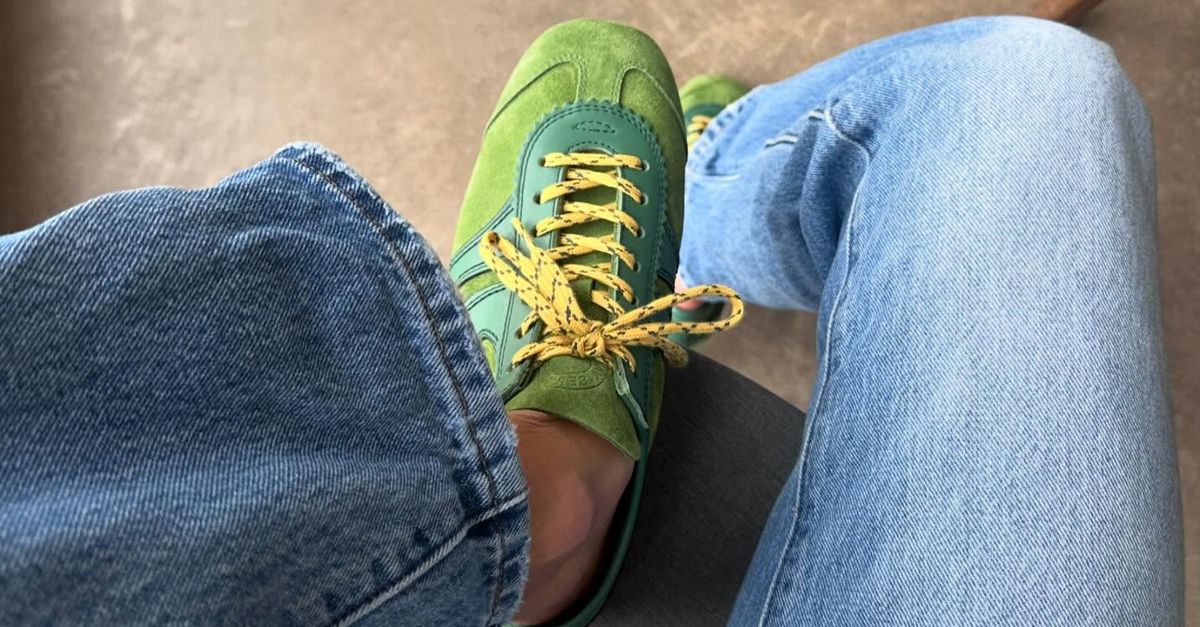
























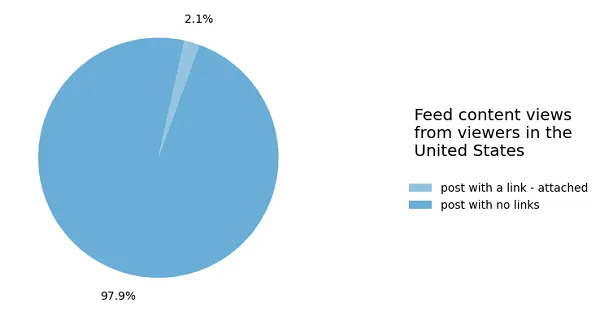
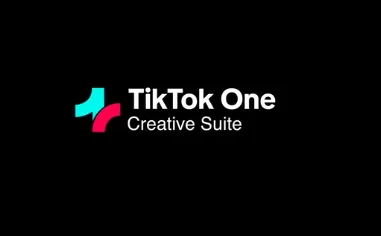



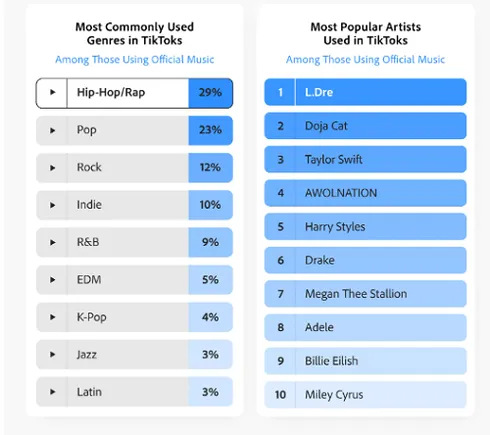




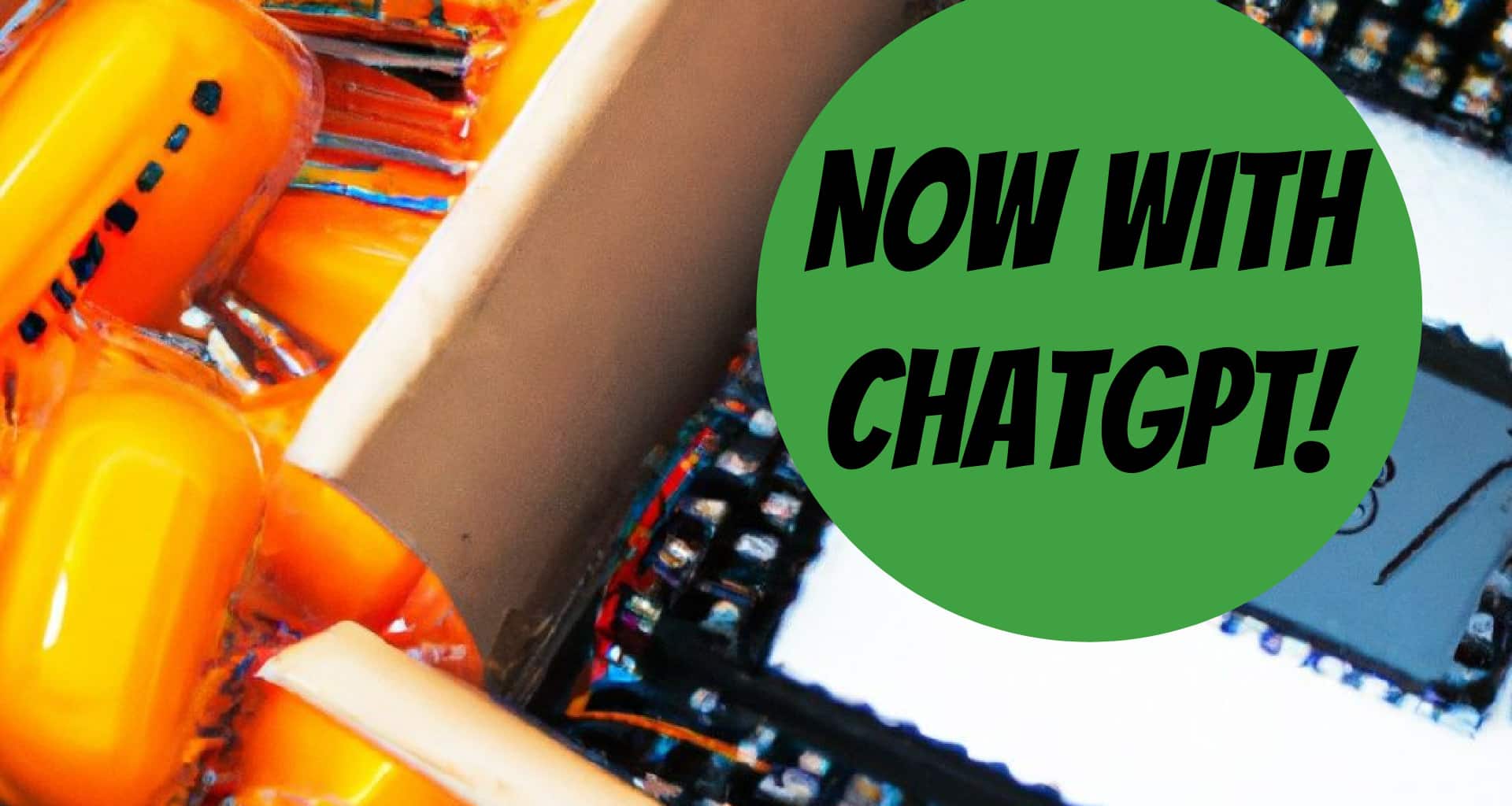




![Twitter Shares New Insights into Summer Conversation Trends [Infographic] Twitter Shares New Insights into Summer Conversation Trends [Infographic]](https://www.socialmediatoday.com/imgproxy/0INPrOtd4mZpDIb7-pkGm1yK3N7L2C6-Axtvd2eMabk/g:ce/rs:fill:770:364:0/bG9jYWw6Ly8vZGl2ZWltYWdlL3R3aXR0ZXJfc3VtbWVyXzIwMjJfMi5wbmc.png)

